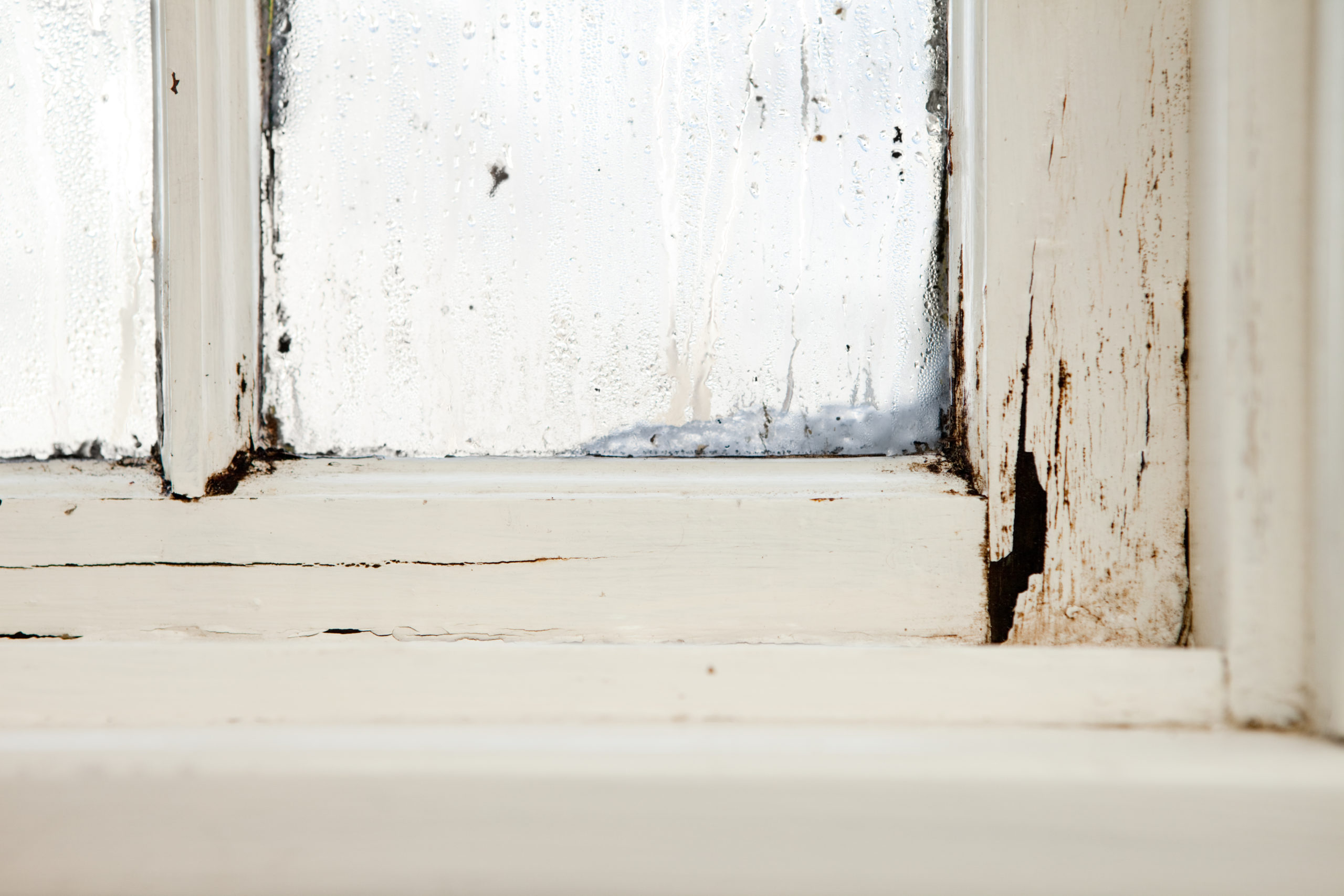Have you looked at your windows? Not just through them, but *at* them?
Windows aren’t typically something we think about as we go about our lives. We enjoy the view, open them for fresh air on a pleasant day, and reap the rewards of the connection they provide to a home’s natural setting. If you find yourself thinking beyond that about your windows, that may be a sign you need new windows in your house. Here are the most common problems that draw your attention to them:
- Do you frequently move away from a seat near a window because it’s too hot or too cold?
- Do you need to wipe condensation or fogging from the inside surface of a window?
- Are your windows hard to open, or need to be propped up to stay that way?
- Do you hear more outside noise than you care to?
- Are your utility bills higher than average?
All these are signs that your windows are poor performers. Those problems may be easy to ignore, but they won’t improve over time. Condensation on them can lead to mold and mildew, and aging, leaky frames can further exacerbate water issues. The Efficient Windows Collaborative (EWC) explains why windows matter for these problems and the role windows play in preventing them. It also features a guide to the rebates, tax breaks, and other incentive programs available to lower the price of replacing old, inefficient windows with new, high-performing ones.
The good news is that if your windows catch your attention only occasionally, you might not need new ones just yet. Small fixes such as replacing weatherstripping can address these problems, and they can be repaired, enhanced, or even partially replaced, to keep frames in place and costs low. The Efficient Windows Collaborative’s guide to rehabilitation options is a fast and informative tour through the choices you can make and the specific problems they can solve.
However, if these problems are a regular issue in your home, it may be time for new ones. If your windows are 30 or 40 years old, improvements in the following areas will be substantial, as today’s windows are vastly superior to the ones produced even just 20 years ago:
- Lower monthly utility bills because of the enhanced energy efficiency
- Consistent and comfortable internal temperatures, without unwanted heat entering your house or cold-air drafts blowing within rooms
- Clean, dry, and clear window surfaces that prevent mold, mildew, and other potential health issues
- A tight seal between window frames and walls, to block sound and prevent leaks
- Protection for your art, floors, and furniture against fading due to excessive exposure to the sun
You will get the most out of these upgrades by selecting efficient windows, and the EWC makes it easy to find the ones ideally suited for your house. You can use the Window Selection Tool to create a customized list of options, and learn about how to read and understand the NFRC ratings labels affixed to the windows.
The next time you look out the window, remember all the benefits it provides and the value it brings to your home as you go about your busy life.

Mike is the director of Code Development, Technology, and Innovation for the National Fenestration Rating Council, Inc. (NFRC). He is a professional engineer with a background in testing the energy efficiency of fenestration.
